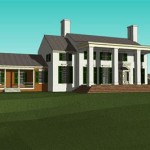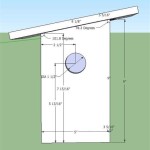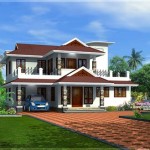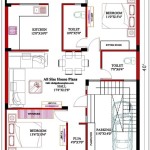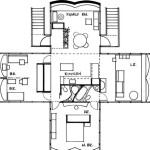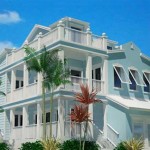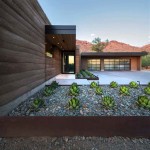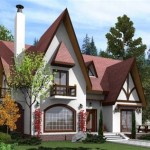Essential Aspects of Old English Manor House Plans
Old English manor houses were impressive structures that reflected the wealth and status of their owners. These grand homes served as the centers of large agricultural estates and played a vital role in the social and economic life of medieval England. Understanding the essential aspects of their plans is crucial to appreciate the grandeur and functionality of these architectural wonders.
Central Hall
The central hall was the heart of the manor house. It was a large, open space that served multiple purposes. It was used for dining, entertaining guests, and holding court. The hall was often adorned with intricate carvings and tapestries, showcasing the owner's wealth and power.
Great Chamber
The great chamber was the most important private room in the manor house. It was used by the lord and lady of the manor for sleeping, receiving guests, and conducting business. The great chamber was typically located on the first floor and was lavishly decorated with tapestries, furniture, and artwork.
Solar
The solar was a private apartment that adjoined the great chamber. It was often used by the lord and lady for relaxation and privacy. The solar typically consisted of a bedroom, dressing room, and study.
Kitchen
The kitchen was a vital part of the manor house. It was used for cooking meals for the household and guests. The kitchen was typically located in a separate building to prevent fires from spreading to the main house.
Other Rooms
In addition to the main rooms, manor houses often included various other rooms such as a chapel, buttery, pantry, and stables. The chapel provided spiritual services for the household. The buttery and pantry were used for storing food and drink. The stables housed the horses used for transportation and agriculture.
Materials and Construction
Old English manor houses were typically constructed using a combination of wattle and daub, stone, and timber. Wattle and daub walls were made by weaving twigs together and covering them with a mixture of clay and straw. Stone walls were used for more permanent structures, such as the great hall. Timber was used for roofing and structural support.
Conclusion
Old English manor house plans reveal the grandeur and functionality of these medieval dwellings. The central hall, great chamber, solar, kitchen, and other rooms served specific purposes and reflected the social hierarchy and daily life of the manor's occupants. The use of wattle and daub, stone, and timber in their construction demonstrates the ingenuity and craftsmanship of the medieval builders.

English Mansion House Plans From The 1800s Floor Country Plan

Image Result For Old English Manor Layout Country House Plans Floor Plan Houses

Eastbury Manor Floor Plan Country House Plans

Floor Plans English Manor Vanbrouck Associates Luxury Residential Design

English Mansion House Plans From The 1800s Manor Houses Floor

English House Historic Plans Classical Home

Floor Plans English Manor Vanbrouck Associates Luxury Residential Design

Bi S Hatfield Manor House Plans Country Floor Plan

Plate 3 Ground And First Floor Plans British History

Image Result For Old English Manor Layout Mansion Floor Plan Kensington House Castle

